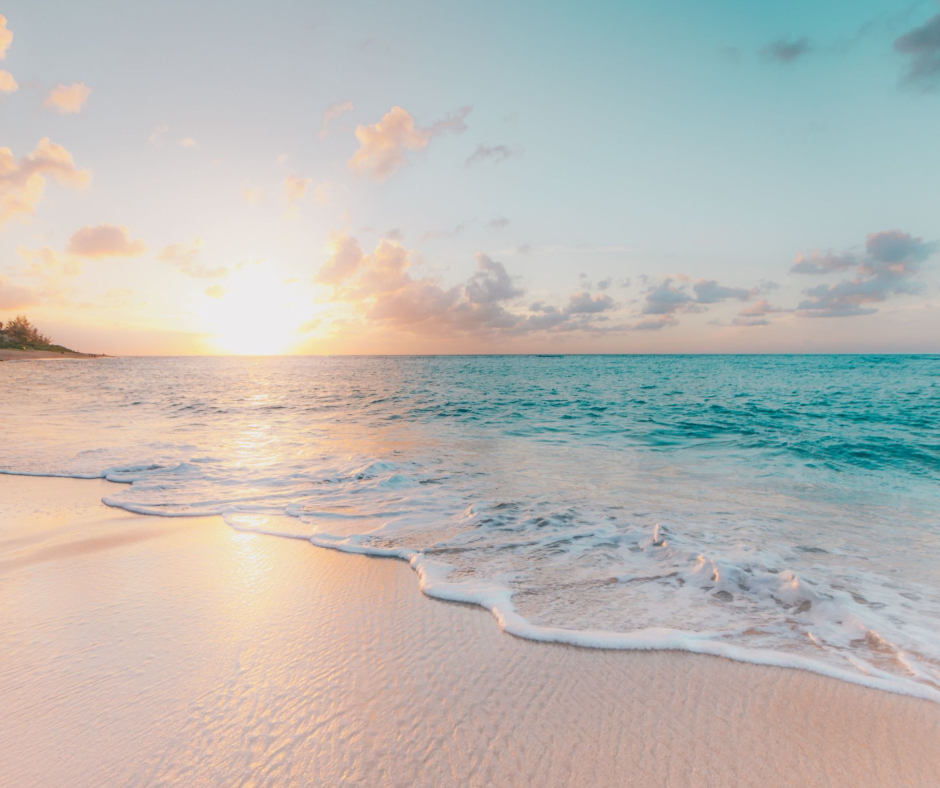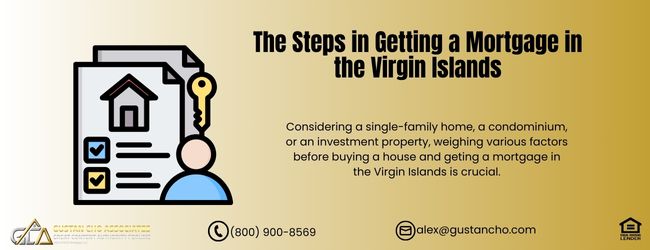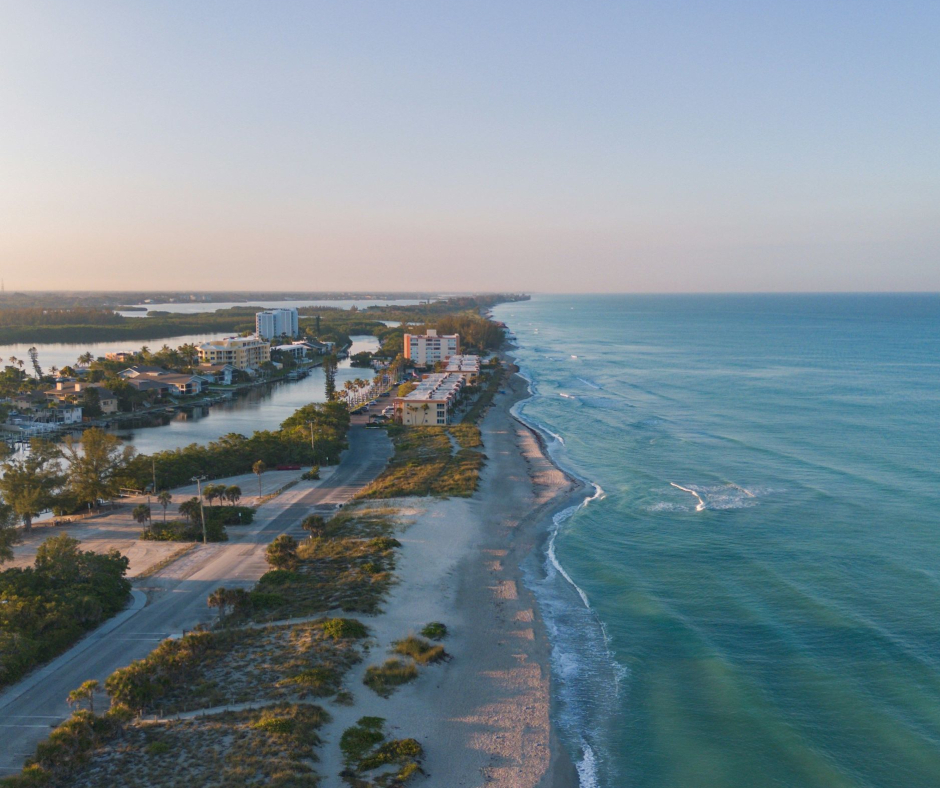Fannie Mae Guidelines on Second Homes

In this blog, we will cover Fannie Mae guidelines on second homes. We will discuss buying a second home with conventional mortgage loans. One of the best decisions my friend and business part Paul and I ever made was purchasing our little Lake Michigan getaway. About fifteen years ago Pam, my mother-in-law, and father-in-law came to me with a proposal about buying a second home. They found a property on Lake Michigan with its own private beach that was a divorce sale. We could buy it under market. My first reaction was absolutely not. Lauren Wright, of The Wright Realtor, a prominent real estate agent in Chicago and an expert in helping buyers and sellers of second and vacation homes, said the following about second homes:
There are expenses associated with buying a second home. Keeping a second home such as monthly housing payments, maintenance, and general upkeep can be stressful. The rewards and pride of owning a second home override the rewards of being a second homeowner.
We had a very comfortable first home. I didn’t want to take on the additional monthly expense. They were relentless. They finally wore me down, we put in a contract and it was accepted. Fannie Mae provides traditional loans for second homes but with specific instructions and qualifications. Here is an overview of what you need to know. In the following paragraphs, we will cover Fannie Mae guidelines on Second Homes. We will detail buying a second home with a conventional loans.
Requirements To Qualify For Second Home Financing
Buying a vacation home can be extremely rewarding. Second Home financing is normally conventional or non-QM loan programs. FHA, VA, and USDA loans only allow for primary owner-occupied homes only. Conventional loans have second home and investment home financing programs. Fannie Mae guidelines on second homes require a minimum of a 10% down payment. A minimum credit score of 620 is required. The maximum debt to income ratio permitted is 45% to 50%. This includes the borrower’s primary home and the proposed second home mortgage loan. Click here to Qualify for Second Home Financing
Types of Loan Programs for Second Homes
Second-home buyers can qualify for non-QM and alternative loan programs on primary, vacation, and investment homes. Non-QM loans have lenient mortgage guidelines and are negotiable with lending requirements. Not all non-QM lenders have the same lending requirements on non-QM second-home loans. Since non-QM lenders are portfolio lenders, each non-QM wholesale lender has its own lending requirements. Gustan Cho Associates has dozens of lending partnerships with non-QM wholesale lenders.
Fannie Mae Guidelines on Second Homes Financing Options
Since HUD, the parent of FHA, does not offer a vacation home financing options, we had to look at a conventional loan. The minimum down payment Fannie Mae guidelines on second homes and vacation homes is 10%. Paul and I both put down 10% for a total of 20% down payment to avoid paying private mortgage insurance. Any down payment under 20% private mortgage insurance was required. We decided to split the payment down the middle. Each takes half of the interest deduction on our income taxes. Having a construction background I would be responsible for any updates (kitchens, baths, flooring). Paul would take care of the general maintenance (lawn and yard work, snow removal). Those lines have since become blurred. We all just pitch in to keep the place nice.
Distance Requirements on Fannie Mae Guidelines on Second Homes
Being in Michigan and only two hours away we use it all year. We invite family and friends up all year round. In the summer we enjoy the beach and in the winter there’s downhill and cross country skiing. Some of the best family memories we have were made there. The kids are fifteen and eleven. They don’t remember a time when we couldn’t just take off for a weekend and spend time together as a family. Every year I invite my buddies up for several weekends of beer and the sport du jour. It’s great to get together with old friends that you rarely see except on these short weekend trips. Paul invites his friends up for wine tasting, blueberry, apple, and peach picking, shopping, and hitting the nightspots. While the monthly expense is still not on my top ten list, if I had it to do it all over again, I’d do it without hesitation. The trade-off in wonderful memories and fun times with family and friends has been more than worth it.
What Are The Minimum Fannie Mae Guidelines on Second Homes
Fannie Mae Guidelines on Second Homes Down Payment Requirements
Fannie Mae Guidelines on second homes require a minimum of 10% of the purchase price. However, putting down 20% or more can help avoid private mortgage insurance (PMI).
Fannie Guidelines on Second Homes Credit Score Requirements
Fannie Mae guidelines on second homes require a minimum FICO score of 620. However, most mortgage lenders have lender overlays on second-home financing. Most lenders want a score of 680 or higher. You need a strong credit history without recent major derogatory marks (such as bankruptcies, foreclosures, or significant late payments). Typically, you look for at least 24 months of satisfactory credit history.
Fannie Mae Guidelines on Second Homes Debt-to-Income Ratio (DTI)
Maximum DTI Ratio: Fannie Mae usually allows up to 45% DTI ratio. However, lower DTI may be required based on credit score and down payment size. We normally need enough reserves to cover at least two to six months’ mortgage payments (principal, interest, taxes, and insurance) for the primary residence and the second home. The requirement depends on your financial profile and the loan-to-value (LTV) ratio.
Fannie Mae Guidelines on Second Homes Occupancy Requirements
Must use the property as a second home. Not rental/investment property. It should be a one-unit property you will occupy during some part of the year, usually in a vacation/resort area. The second home must be a single-family dwelling. Multi-family properties, timeshares, and income-producing properties do not qualify under Fannie Mae’s second home guidelines.
Click here to Qualify for Second Home Financing
Alternative Financing Options for Second Homes
If you don’t meet conventional loan criteria through Fannie Mae, there are alternative methods available when purchasing a second home:
Jumbo Loans
You may need a jumbo loan if the purchase price exceeds Fannie Mae’s conforming loan limits. These loans typically require higher credit scores, larger down payments, and stringent underwriting standards.
Portfolio Loans
Some lenders offer portfolio loans on the lender’s books rather than being sold to Fannie Mae/Freddie Mac; these loans often have more flexible qualification criteria but may come with higher interest rates.
Non-QM Loans
Non-qualified mortgage (Non-QM) loans are designed for borrowers who don’t meet traditional requirements for conventional loans. They can be used for second homes and offer options like bank statements, interest-only, or asset-based loans. Non-QM loans usually have higher interest rates due to the risk involved, so only consider them if all fails. ”Non-QM” (non-qualified mortgage) products also exist where lenders aren’t required by law to follow “ability-to-repay” guidelines set forth by the Dodd-Frank Act passed after the Great Recession caused many people to lose their homes because they couldn’t afford payments anymore. It was made illegal for banks and lenders to give out NINJA Loans (No Income/No Job). These loans can help someone with good credit who doesn’t qualify under traditional means, like a debt ratio being too high. Self-employed borrowers may also benefit from this route.
Home Equity Line of Credit (HELOC)
If you have significant equity in your primary residence, a HELOC could be used to fund the purchase of a second home; however, using a HELOC increases overall debt, which could impact the DTI ratio. Home equity lines of credit (HELOCs) are another option where you use equity already built up from owning the first house as collateral against a new loan secured on other property being purchased.
Using Cash-Out Refinance to Finance Second Homes
If your primary home has substantial equity, a cash-out refinance can provide funds for purchasing another property. This option replaces the existing mortgage with a larger loan and gives you the difference in cash. Cash-out refinancing involves taking out a loan larger than the original balance remaining after paying off existing mortgages plus any applicable fees associated with the closing process, then receiving the difference between the amount borrowed & what was owed originally, which is why it is called cash-out refinance. Chad Bush, a dually licensed loan officer and real estate agent at Gustan Cho Associates says the following about cash-out refinance:
It is because the borrower can get cash back at closing if enough equity exists within current market value vs. loan payoff amounts combined either due appreciation over time or decrease in interest rates since last mortgage originated but should only be done if necessary.
It is because rates tend to be higher on these types of loans compared others. Hence, saving them for emergencies or when all else fails is best. A mortgage broker can help you determine the best option for your situation based on current rules and regulations that lenders must abide by, which vary from state to state as well as person to person since everyone’s financials will differ greatly. This is even if their income is the same amount per year so it’s important to consult with someone who has experience dealing with this type of scenario and knows what they’re doing in order ensure success towards goal achievement. Click here to Qualify for Second Home Financing
Final Thoughts on Fannie Mae Guidelines on Second Homes
If you are looking to buy a second home, Fannie Mae’s rules state that you must make a down payment of no less than 10%, have a credit score of at least 620 (but preferably higher than 680), and your debt-to-income ratio cannot exceed 45%. In addition to this, there are requirements for the type of property it is and how long you plan on living there every year. Suppose none of these apply, or they don’t approve your application, as conventional loans do not work for everyone. Other options might be considered, such as jumbo loans, which go above $766.250 in most areas, or portfolio loans. They may also have access other banks offer different products than Fannie Mae or Freddie Mac does not provide. Keep that in mind while going through the process if needed many people find themselves stuck trying figure out how purchase second home when only have limited amount savings available. Still, there are always solutions that need to know where to look. Make sure you can comfortably afford it. Don’t buy too much. Keep the payment where it can fit easily into the monthly budget. Sitting on the beautiful beach at the beautiful beach home wondering how you’re going to make the house payment will make owning a second home fun for everyone but you.
FAQs: Fannie Mae Guidelines on Second Homes
- 1. What are Fannie Mae’s guidelines on second homes? Fannie Mae guidelines on second homes include specific requirements like a minimum 10% down payment, a credit score of at least 620, and a maximum debt-to-income (DTI) ratio of 45%.
- 2. What’s the minimum down payment for a second home under Fannie Mae guidelines? Fannie Mae’s guidelines for second homes require a minimum 10% down payment, but putting down 20% or more can help avoid private mortgage insurance (PMI).
- 3. What credit score do I need for a second home mortgage with Fannie Mae? Fannie Mae requires at least a 620 credit score for second homes. However, most lenders prefer a score of 680 or higher.
- 4. What debt-to-income ratio is allowed for a Fannie Mae second home loan? Fannie Mae guidelines on second homes typically allow a maximum DTI ratio of 45%, including payments on your primary and second homes.
- 5. Can I rent out my second home under Fannie Mae guidelines? No, Fannie Mae guidelines on second homes require that the property be used as a second home, not a rental or investment property.
- 6. What types of properties qualify as second homes under Fannie Mae guidelines? Fannie Mae guidelines on second homes require the property to be a one-unit residence that you occupy for some part of the year, usually in a vacation or resort area.
- 7. Are there alternative financing options if I need to meet Fannie Mae guidelines on second homes? Yes, you can consider options like jumbo loans, portfolio loans, or non-QM loans.
- 8. According to Fannie Mae guidelines, how close can my second home be to my primary residence? Fannie Mae guidelines on second homes generally expect the second home to be in a vacation or resort area, typically not too close to your primary residence.
- 9. What are the benefits of following Fannie Mae guidelines on second homes? Following Fannie Mae guidelines on second homes, you can secure a conventional loan with better terms and lower interest rates than alternative financing options.
- 10. Can I use a cash-out refinance to fund a second home purchase? Yes, if your primary home has substantial equity, a cash-out refinance could provide the funds needed to purchase a second home, as long as you meet Fannie Mae guidelines on second homes.






Responses